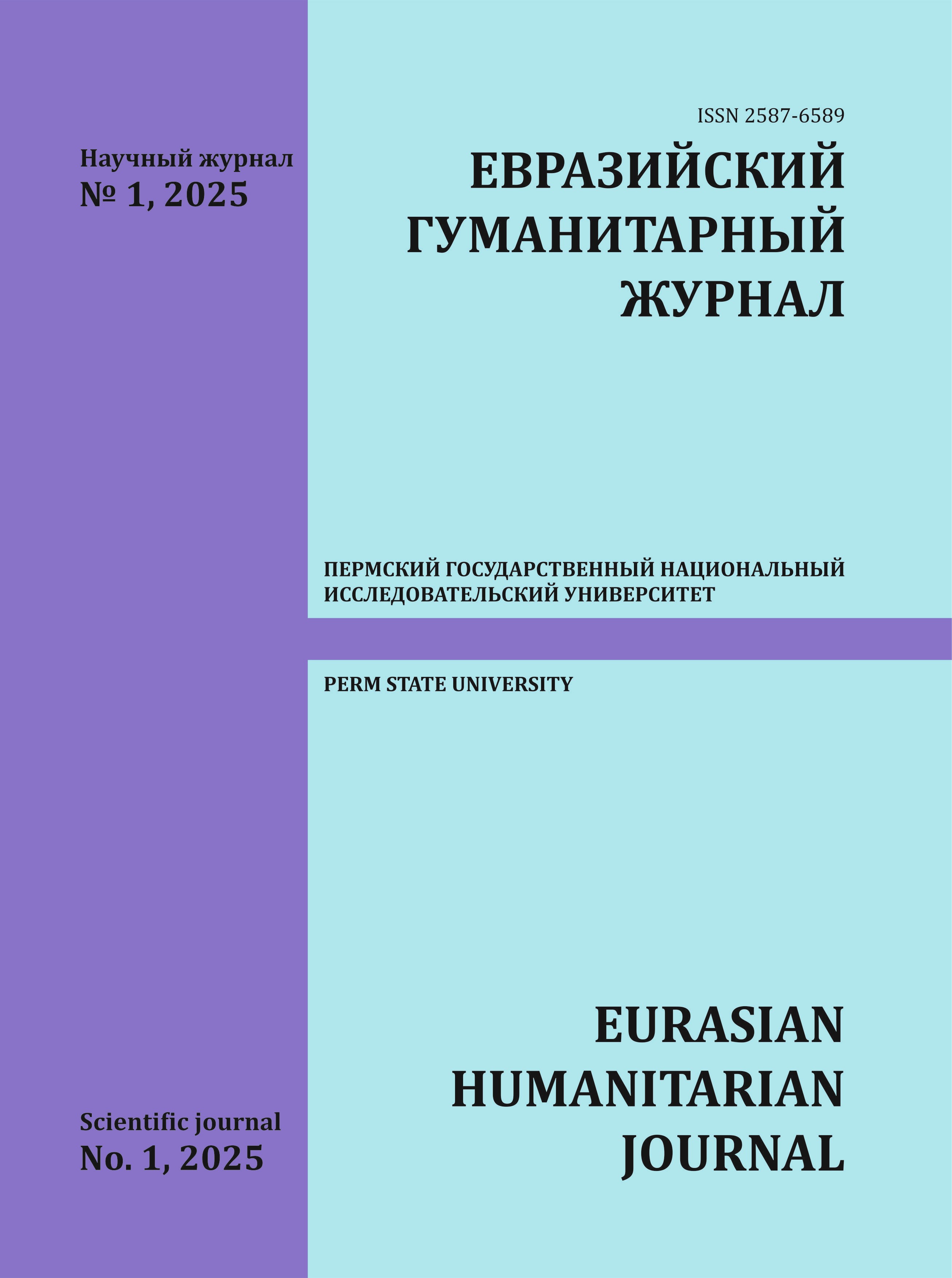THE MODEL TO ASSESS THE DIFFICULTY OF A LANGUAGE: CHINESE FROM THE VIEW POINT OF ENGLISH
Keywords:
English language, difficulty in learning a language, mathematical model, formalization principle, layer of language, language similarityAbstract
This article is devoted to an attempt to formalize the existing model for assessing the complexity of the English language. The model is based on a typological approach to language classification, developed from the experience of the Industrial Laboratory of Machine Translation of the Russian State Pedagogical University named after A. I. Herzen. This paper aims to offer modification and formalization of the model assessing the difficulty of a language based on the system designed by Foreign Language Institute (FSI) to apply to any language from the viewpoint of English and to test it on well-known features of Chinese including phonetics, lexis, grammar, writing systems, etc. Therefore, modeling is the major method used in this study. The paper presents the structure of the model, its criteria (variables), changes of its output and offers mathematical formalization with further calculations. As a result, two parameters were calculated for Chinese: structure complicatedness value that turned out 69 % and FSI index that was approximately 4,573. These values enable to attribute Chinese to category V. This means that, being an average native English speaker, an average learner of Chinese as L2, will need 85 weeks to achieve level B2/C1Downloads
Published
2025-03-14
Issue
Section
ОБЩИЕ ВОПРОСЫ ЯЗЫКОЗНАНИЯ

